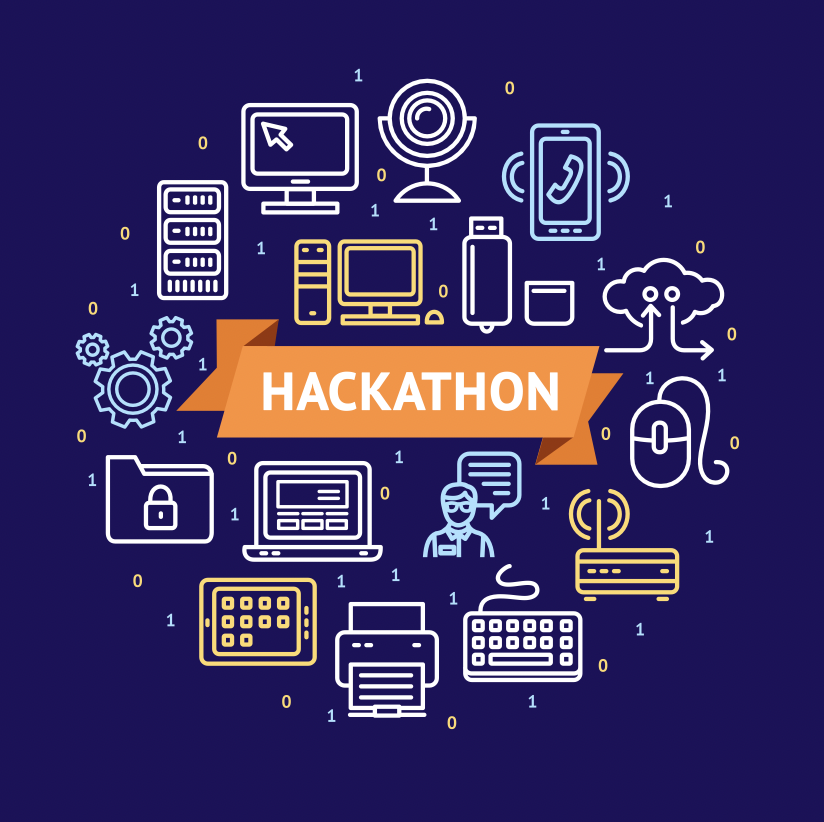Microsoft was a proud sponsor of Hack for Inclusion 2021, an event put on by students from the MIT Sloan School of Management.
This annual event brought together 250 participants with both technical and non-technical backgrounds to build solutions that address today’s biggest problems related to bias, diversity, and inclusion.
Normally this event would be hosted in New England, but this year it looked a little different. Participants from all over the world collaborated virtually on diverse teams to develop solutions that solve real-world problems. There were a few different sponsors for the event, each offering a different challenge to overcome. Attendees were able to rank their choices, then were randomly assigned based on their interests.
Microsoft’s challenge focused on solving the education and technology gaps of remote learning brought on by COVID’s restrictions. The main goal for each team assigned to the Microsoft challenge was to identify how they could virtually help students, families, and teachers directly affected by this shift.

Gary Chen, an MIT business school student, chose Microsoft as his top choice because our inclusion and diversity initiatives stood out to him. He first heard about this hackathon from a student newsletter.
With the Microsoft challenge in mind, he and his teammates focused on the teachers affected by remote learning. Their goal was to provide them with a one-stop-shop for all resources they may need to better assist their students.
More specifically, Gary and his teammates worked on a design that would help guide students through their classes and assignments in a fun and intuitive way. The program they came up with used facial recognition, click trackers, and app monitoring to provide automatic notifications to teachers to help them identify which students need individualized attention.
“[Hackathons] provides a safe space for people to really innovate and to practice,” Gary tells us. “A lot of people always have wanted to work on an idea but sometimes they don’t know what problem they want to solve. Here it allows you to gather a group of like-minded people to help people. Everyone here wants to help solve a problem.”
 Kirk Holmes, President of Holmes and Associates, Inc., was also a member of Gary’s team and is no stranger to hackathons. Kirk’s experience and knowledge of the tech industry is far-reaching. He graduated from MIT with an electrical engineering degree then started his career as a software writer, programmer, assembly language processor, and more — and has been managing projects ever since.
Kirk Holmes, President of Holmes and Associates, Inc., was also a member of Gary’s team and is no stranger to hackathons. Kirk’s experience and knowledge of the tech industry is far-reaching. He graduated from MIT with an electrical engineering degree then started his career as a software writer, programmer, assembly language processor, and more — and has been managing projects ever since.
Over the years, Kirk has participated in many hackathons, including an in-person one here in Boston two years ago.
According to Kirk, the virtual event was logistically easier overall. There were a variety of virtual tools available for the team, streamlining communication.
The people on his team were from around the world and were able to give their perspectives and life experiences to the discussion.
“Having it virtual, you can have extraordinarily different contexts. We had people sitting in different parts of the world,” Kirk says. “I think the benefit to the virtual setting is that you can get perspectives that are not geographically-centric.” He tells us this allowed his team to get a more worldly view of the issue, allowing them to solve a problem that would have a universal — not just local — impact.
Hackathons are a great way to find solutions to significant and important problems in the world that can only be addressed with collaboration — a massive collaboration.
If you are interested in learning more about the MIT Hack for Inclusion, visit http://hackforinclusion.com/.

